Speyside
For many whisky enthusiasts malt whisky is most closely associated with Speyside, but in truth this is only half the story. The strength of the association, however, can be seen from the many distilleries which, although not situated beside the River Spey, make allegiance with it when stating their provenance. It all goes to show how over the last two centuries 'Speyside' has meant high quality and today the truth of that statement has not diminished at all.



There is a 'Golden Triangle' that stretches from Elgin over towards Banff and down to the cradle of distilling on Speyside - Dufftown. In this triangle lies the greatest concentration of malt whisky making apparatus in the world, and to savour the atmosphere here is to realise how important and how dearly distilling is held in the Highlands of Scotland. Speyside whiskies are generally noted for their elegance and complexity often with a hint of stylish smokiness.

Highlands
Outside the Speyside area distilling activity is spread more sparsely throughout a wide area which is best split into four main areas in the North, South, East and West.
This large area covers on the mainland from Pulteney in the northeast to Oban in the west, to Tullibardine in the south. None of these Highland areas, however, is officially regarded as a region.
If they have any similarities, it is a firm and round dry character with some peatiness.
The Lowlands
The modern difference between the Lowland malt and that originating from the other regions is simply one of style. Historically, the distinguishing factors were more numerous. In the late 18th century the product of the discreet Highland still (be it legal or illegal) was considered a wholesome, hand-crafted product which was in great demand in the urban markets, but the larger Lowland distillers produced a relatively coarse whisky (rarely made purely from malted barley alone) in huge industrial stills in an effort to supply both the city drinkers and the lucrative London market.
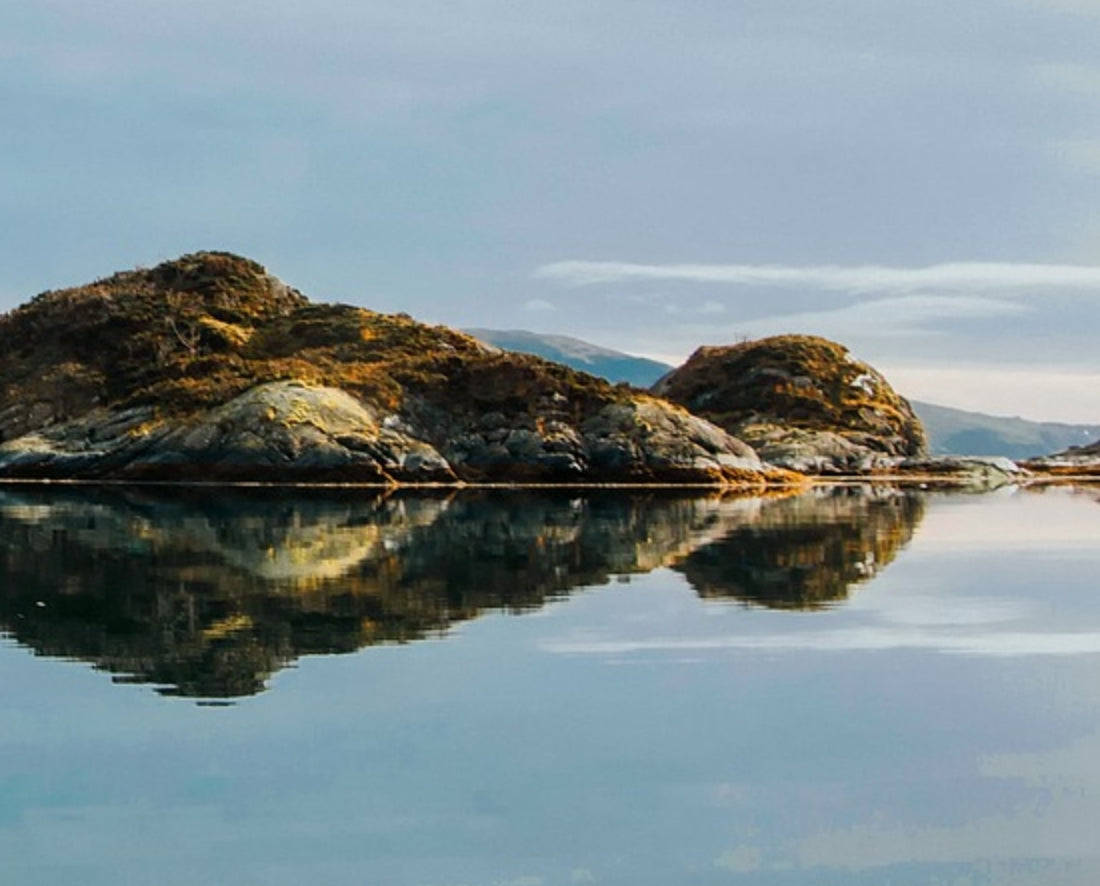


The distinction was created by the industrial Lowland distillers who aggressively exploited whatever Government legislation was in force. The distinctions were magnified by the drawing of the 'Highland Line' which effectively stretched from Greenock on the river Clyde to Dundee on the river Tay and split the country into two regions 'gauged' by two separate sets of Excise regulations due to the disparity between their respective products. The lowlands tend to produce whiskies with a gentle lemony sweet fruitiness of the malt without the peatiness or costal brine and seaweed.
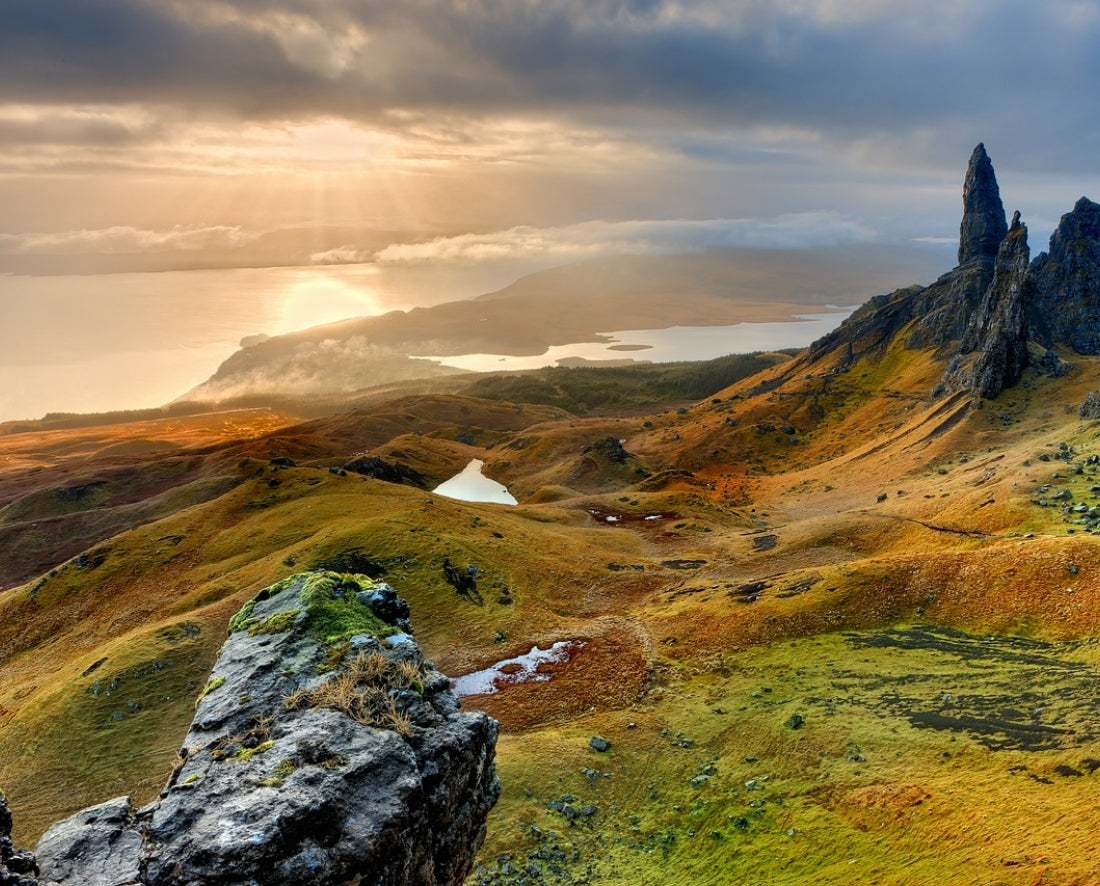
Campbeltown
Dufftown could lay claim to being Scotland's whisky capital but in the middle of the last century there was only one place which had the right to that name - Campbeltown.
Situated on the lee shore of the Mull of Kintyre, this town was literally awash with distillate just over a hundred years ago. When Alfred Barnard compiled his wonderful book - The Whisky Distilleries of the United Kingdom in 1886, he found no less than 21 producing distilleries in and around the town! Today, the sad reminder of the industry's presence in the town is now manifested in just two distilleries, Glen Scotia and Springbank. These Campbeltown single malts are very individual, with a briny or fresh salty-sweet character.
Islay
Of all Scotland's malts, the Islay single malts are perhaps the most characteristic. But even so, there are some surprises within this group which are traditionally held to be amongst the heaviest and most pungent available. The most recognisable characteristics are due to the production methods which were developed in concert with the available distilling ingredients in this remote locality. While the mainland markets were supplied by mainland distillers in the 18th and 19th centuries, the islanders supplied a local market from stills - both legal and illegal - which were operated from farmyards, bothies on the bleak moors above Port Ellen and remote caves along the precipitous coast of the Oa.
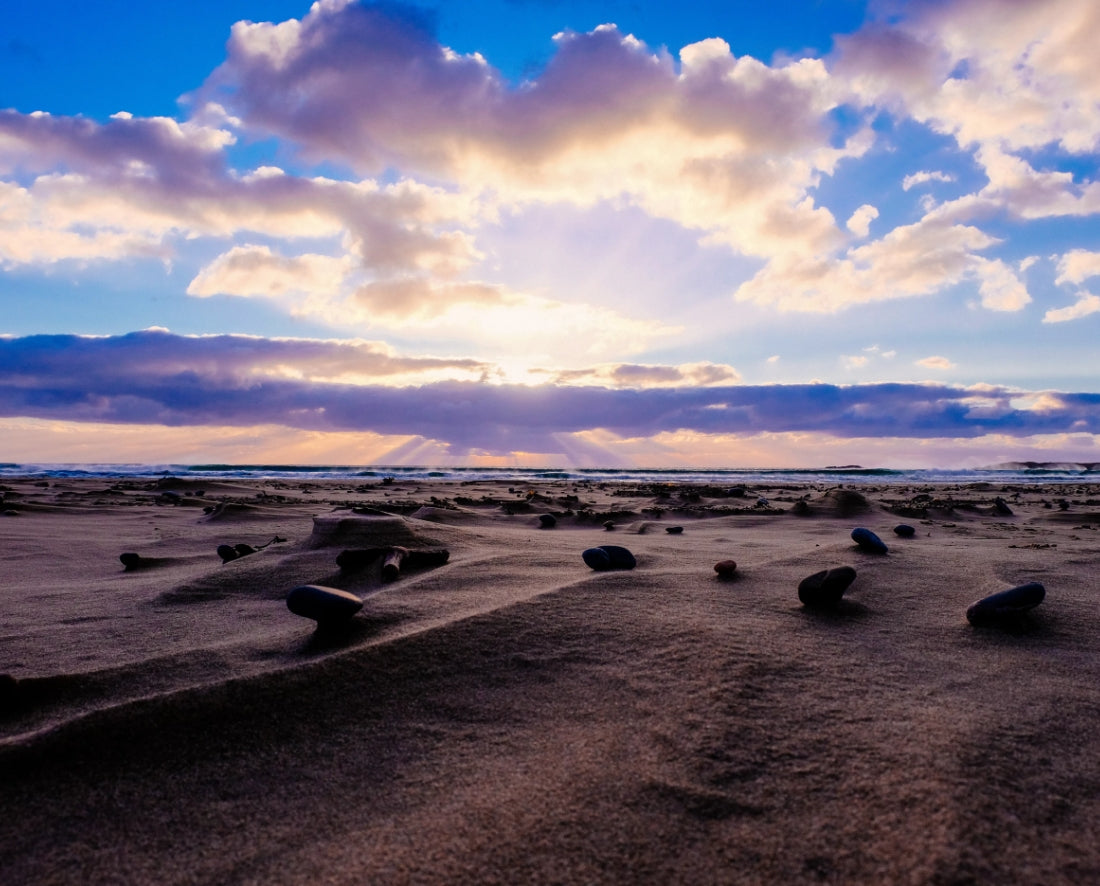
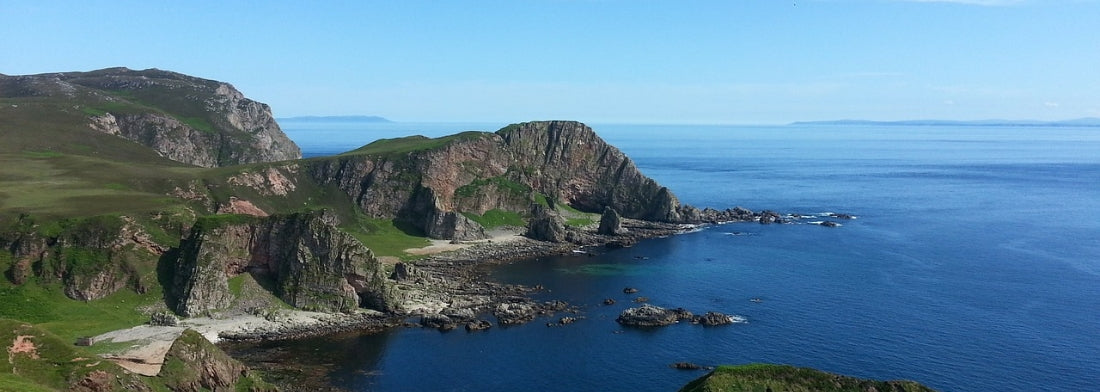
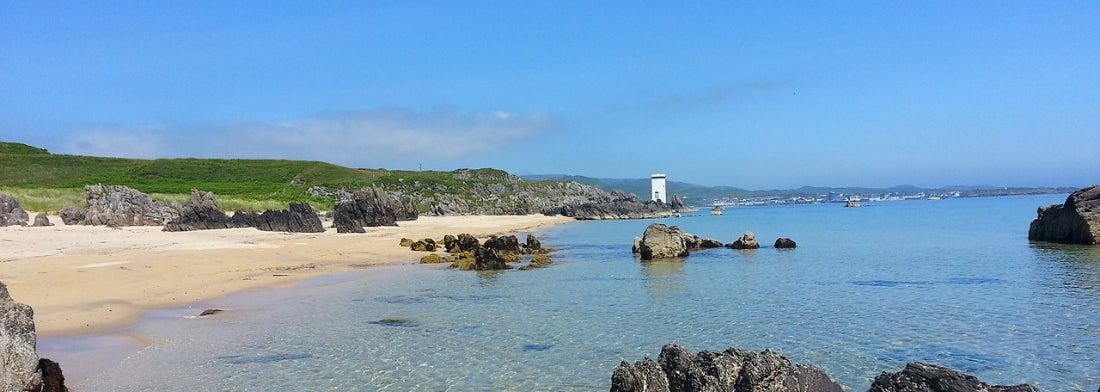
The island of Islay, renowned as the most fertile island in the Hebrides, had three major assets in this development, a ready source of local barley - or bere as it was then known - inexhaustible amounts of peat and burns running brim-full of soft water. It is impossible to visit Islay and not notice the peat. Along the roadside crossing the enormous Laggan Moss between Port Ellen and Bowmore the peat banks spread as far as the eye can see. The fuel was the only means by which the islanders could dry their grain which was an essential process not on for distilling, but also for storage during the wet seasons. By kilning barley it could be kept longer and the dryer the grain was, the less likely it was to go mouldy.
As the grain dried in the fumes, the peat imparted to the barley a highly distinctive character which manifested itself when the spirit was finally distilled from it. These characteristics are still apparent in today's Islay malts which are renowned for their seaweedy, iodine like, phenolic character and are best experienced by trying Ardbeg, Lagavulin and Laphroaig which form the three most traditional Islay malts. The other Islay single malts display this peaty-smoky characteristic to a lesser degree but it is always detectable nonetheless.
The Islands
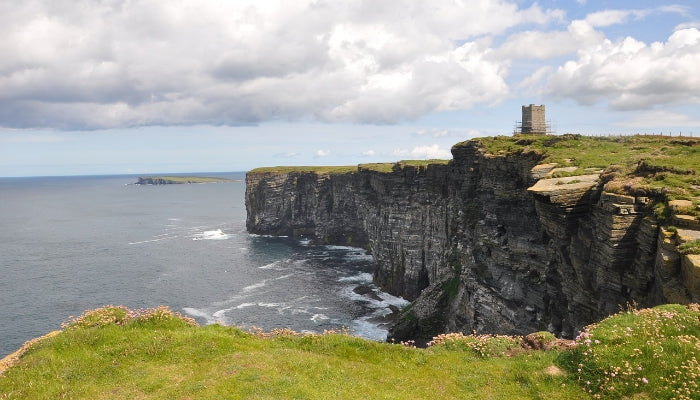
Orkney is the most northerly outpost of whisky distilling in Scotland with two very good malts emanating from Highland Park and Scapa.
Their much sought after character has light smoky heather touches.

Skye's giant of a malt Talisker is a 'big' whisky in every way with an explosive effect on the palate and a wonderful peaty, sweetness on the nose.
The palate is slightly oily spicy seaweed, warm, tangy and peaty.

Tobermory has one the most beautiful distillery locations at the southern end of the famous harbour on the Hebridean island of Mull.
It produces a light medium-flavoured malt with touches of soft smoky honey and herbs.
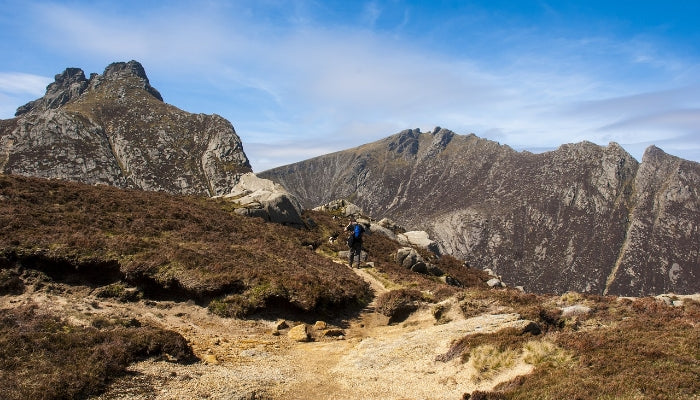
The most recent addition to the island portfolio is the Arran distillery at Lochranza producing complex flavours of malt and spice.
(Includes extracts from The Malt Whisky Almanac by Wallace Milroy Neil Wilson Publishing Glasgow)
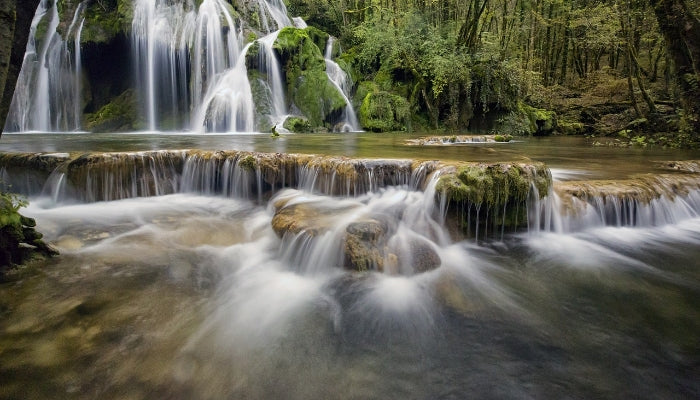
Jura from the island just north of Islay produces a light, slightly oily dram with a malty flowery feel.